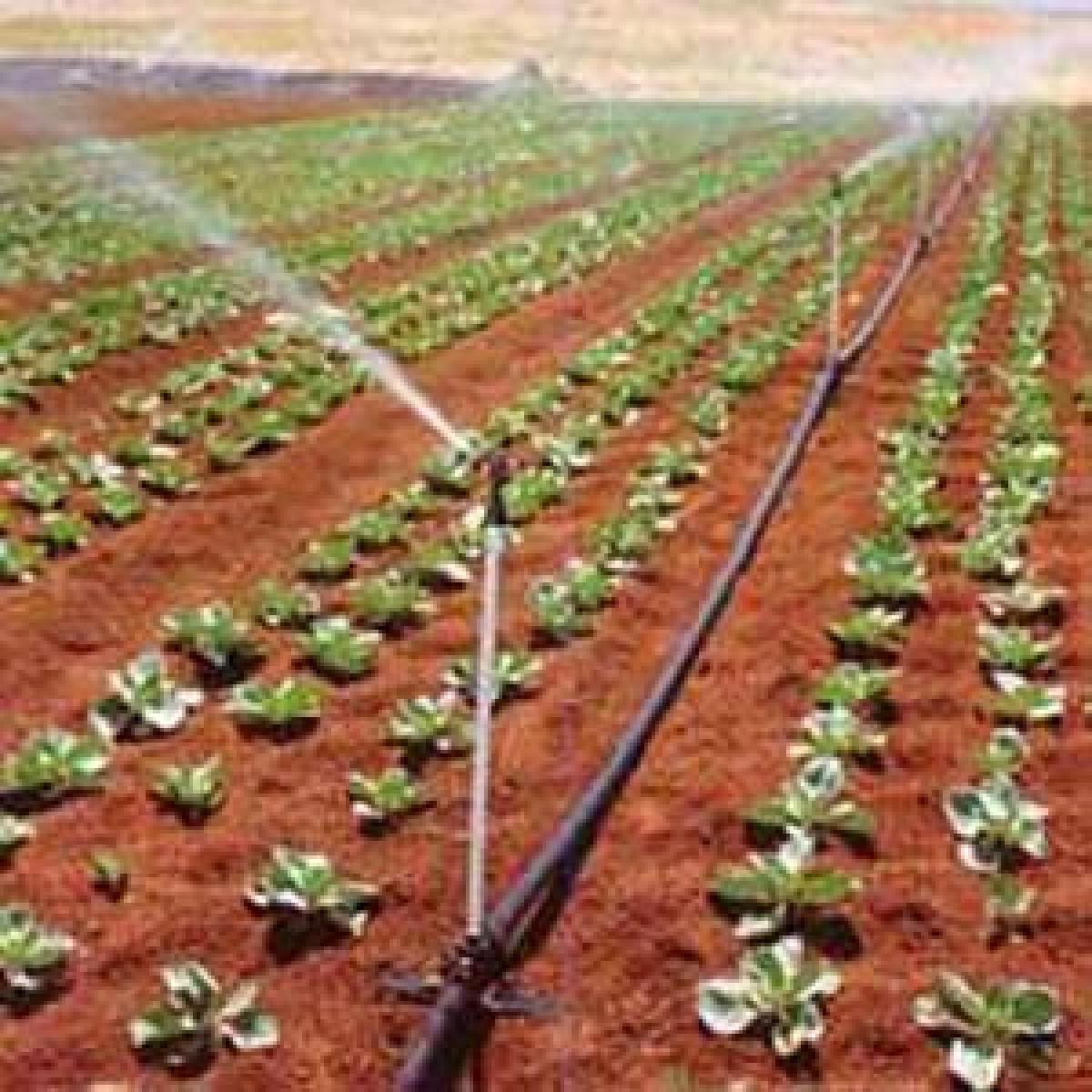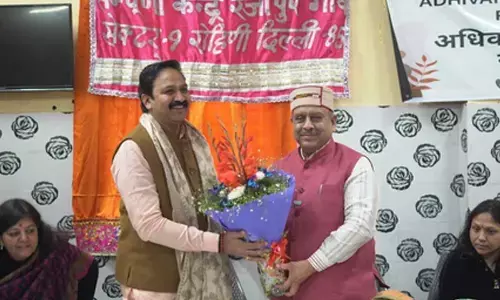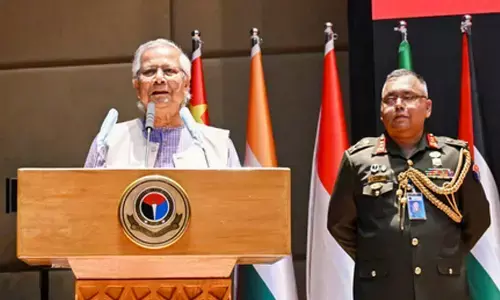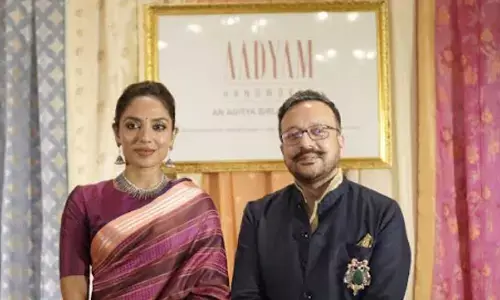TS goal to bring 5 lakh ha under MIP hard to achieve

This, however, appears to be a distant dream if the progress made under MIP during the last two years is any indication. So far, only 55,630 hectares have been brought under MIP.
Telangana government has planned to create a micro irrigation potential in 5 lakh hectares and 50 per cent of the potential area is to be covered between 2015-16 and 2019-20 by covering one lakh hectares every year. However, the baffling fact is that the government, in its budget estimates, proposed to cover only 37,300 hectares during 2016-17
The Telangana government is implementing Micro Irrigation Project (MIP) in nine districts of the State and is planning to bring an additional 5 lakh hectares of land under MIP by 2019-20, but only 39.640 hectares were brought under sprinkler and drip irrigation facility across the State during 2015-16 and so far about 36,582 hectares have been covered under the scheme, according to the Socio Economic Outlook of 2016.
According to report, Telangana State planned to create a micro irrigation potential in 5 lakh hectares and 50 per cent of the potential area is to be covered between 2015-16 and 2019-20 by covering one lakh hectares every year. This, however, appears to be a distant dream if the progress made under MIP during the last two years is any indication. So far, only 55,630 hectares have been brought under MIP.
Recognising the importance of micro irrigation, subsidy is extended up to 5 hectares of land to all categories of farmers compared to the earlier limitation of Rs 1 lakh subsidy per family with coverage of 1 hectare in erstwhile Andhra Pradesh and 100 per cent subsidy is being provided to farmers belonging to SCs and STs.
However, the baffling fact is that the government, in its budget estimates, proposed to cover only 37,300 hectares during 2016-17 with plans to spend Rs 253 crore. The focus areas include cultivation of vegetables, spices, fruits, oil palm, sugarcane, mulberry and a few other agriculture crops.
As per statistics available, about 4.8 lakh hectares of land was covered under drip and sprinkler systems from 2003-04 to 2013-14 in Telangana with an expenditure of Rs 2,075 crore. So far, 5.01 lakh numbers of farmers were covered with an area of 4.79 lakh utilising Rs 2074.72 crore up to 2013-14. The total extent reached 5.5 lakh hectares by the end of 2015-16.
But, the expenditure incurred was only Rs 73 crore in 2014-15 and Rs 170 crore in 2015-16 against the budgetary allocations of Rs 200 crore and Rs 250 crore, respectively. But with allocation of only about Rs.250 crore for 2016-17, which includes assistance from Centre, it could be possible to achieve the target of 37,300 hectares during the year, it seems that the wide gap between the targets and achievements is likely to widen further with this meagre allocation of Rs 250 crore for 2016-17.
Another flagship programme of the government, is establishment of poly houses on a large scale in the state. The fate of this scheme also remains the same as the extent covered during 2014-15 is only 245 acres and the number of beneficiaries covered is 196 in Rangareddy, Mahabubnagar, Nalgonda and Karimnagar districts. During 2015-16 only 472 acres were covered against the plans of covering at least 1,000 acres each in two years.
Ploy house scheme is being implemented to encourage year round production of vegetable and flower crops to enhance productivity to meet the demand and the farmers are being provided 75 per cent subsidy with a maximum of Rs 29.52 lakh per acre and beneficiaries are eligible up to minimum of 200 sq.mts and a maximum of 3 acres with a preference to the marginal farmers with a land holding of 0.5 to 1 acre.
But the scheme suffered from setbacks, as most of the farmers are not aware of the subsidy extended to the farmers by the government; as a result, the targeted area under the scheme was not achieved during 2014-15. The underlying reasons analysed for not achieving the designated targets is that lack of awareness among the farming community is keeping the number of farmers availing the scheme very low.
If more extent is brought under micro irrigation, the farmers would have benefited with the prevailing drought conditions across the State since the last two years. Even the scheme of farm mechanisation which aims to increase productivity and reduce the cost of cultivation and enable the farmer to complete farming operations in time is also under distress.
Due to drought, most of rural labourers are migrating to urban areas; as a result, there is an acute shortage of agricultural labour for farming activities. As such, farm mechanisation scheme helps the farmers, as they are supplied with various farm implements such as tractors, animal drawn implements, high cost machinery etc and the subsidy proposed under this scheme is 50 per cent. Maximum permissible limit depends on the type of machinery, but there is not much achievement under the scheme.


















